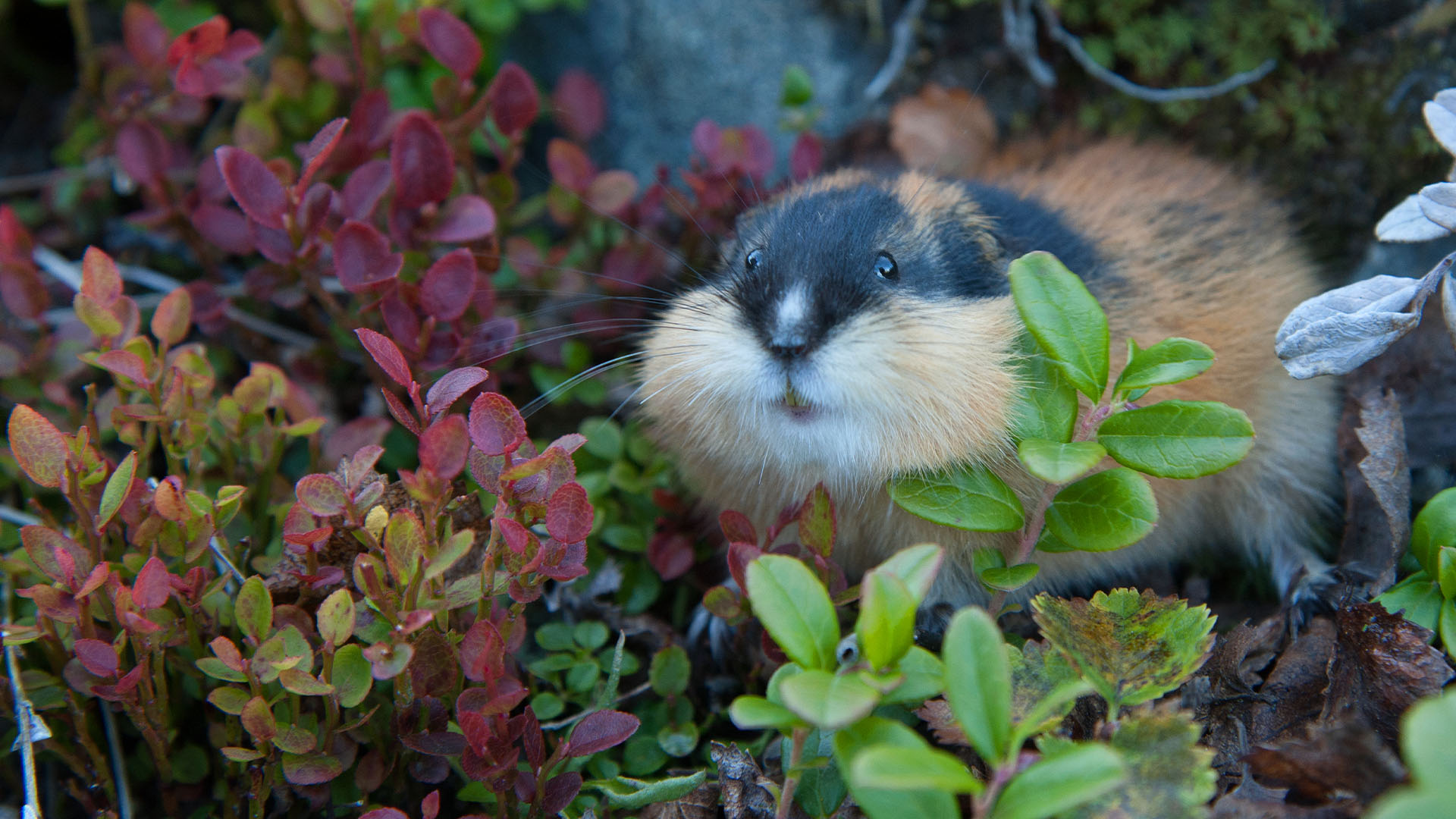
In 1958, Disney released a wildlife documentary called "White Wilderness." One scene depicts a tiny, brown-furred rodent — a lemming — scuttling about in the Arctic snow. "There is an actual living legend," the narrator declares, before diving into an explanation of the so-called lemming suicide myth.
In a turn of events, the film shows large numbers of lemmings falling down a cliff. The survivors swim out into the Arctic Ocean, where they eventually die, according to the narrator. So is this portrayal accurate? Do lemmings really kill themselves in droves?
The truth is that lemmings don't intentionally jump to their deaths, scientists told Live Science.
"They don't do anything like that," Andy Baltensperger, a landscape ecologist at the International Arctic Research Center at the University of Alaska Fairbanks, told Live Science. "It's just not how biology works."
In fact, Disney faked the whole scene, according to a 2003 article published by the Alaska Department of Fish and Game. A 1983 investigation by the Canadian Broadcasting Corporation found that Disney filmmakers actually threw or pushed the lemmings off the cliff, using editing and tight camera angles to suggest that the lemmings were purposefully ending their lives. Disney did not respond to a Live Science request for comment by the publication of this article.
Although the myth was completely manufactured, a few known lemming features might have inspired the scene and perpetuated the myth.
Related: Are dogs smarter than wolves?
First, lemmings are good swimmers. The swimming scene in the film "White Wilderness" could have happened even without the director's heavy hand. On many of the small islands in northern Norway there are lemming populations that have swum across lakes and rivers to reach new habitats, Dorothee Ehrich, a senior researcher at UiT The Arctic University of Norway told Live Science.
But sometimes, when lemmings swim across bodies of water, they may not find the other side, as they have terrible eyesight. Then, the lemmings might drown, Ehrich said. However, she emphasized that the lemmings are not drowning themselves on purpose as the Disney documentary stated.
In addition to swimming prowess, lemmings can be prolific breeders. Every three to five years, lemmings have population booms that lead to large numbers of them scurrying across the tundra. In these years, the population increases by about tenfold, Baltensperger said.
"There's a population explosion of animals across the tundra, and it just looks like they're coming out everywhere," he said. "They get into your tent and you have to look out that you don't step on them."
Spikes in lemming numbers are likely connected to food abundance and predation. During winter, lemmings live beneath the snowpack and can access vegetation still growing on the ground. If they have a good supply of lichens, mosses, sedges and grasses, some lemming species can efficiently reproduce, Baltensperger said. By springtime, they amass large numbers.
A large group of lemmings as depicted in the Disney film might be possible after a productive winter. Yet the Canadian Broadcasting Corporation's investigation found that the Disney film crew transported the group of lemmings and placed them at the cliff's edge. Lemmings don't jump, Balthensperger said, which may explain why, according to the 1983 report, the crew pushed the lemmings off the cliff.
Rather than intentionally killing themselves, biologists think this lemming boom-and-bust cycle is likely driven by specialized predators. Stoats and weasels are specially adapted to hunting lemmings. They have long, thin bodies that fit into lemming tunnels under the snow, where they eat the rodents and take over their winter nests.
Eventually, the lemming population declines in response to overpredation but not because of suicide by jumping, Ehrich said. As lemmings decrease in numbers or disperse across the landscape to find new resources, their predators are less effective and the lemming populations have a chance to start the cycle of abundance over again.







